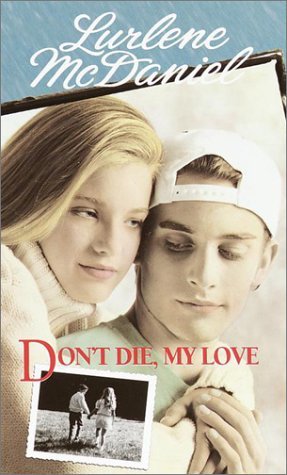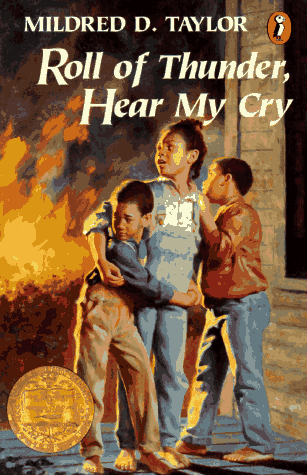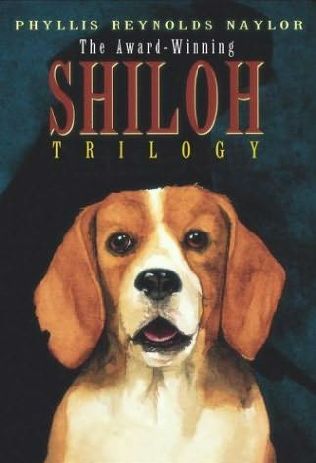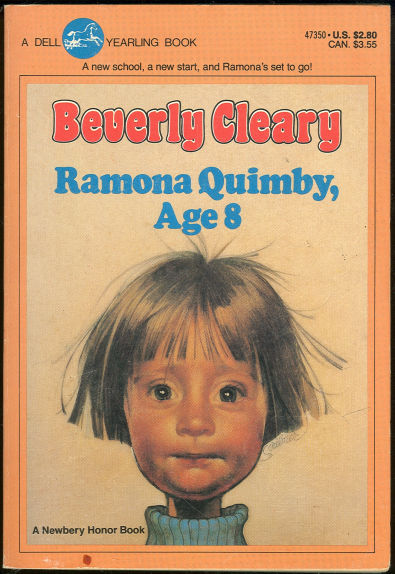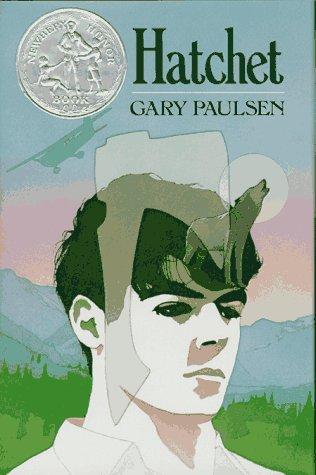If you were a young girl during the 80s or 90s, you most likely read The Baby-Sitters Club. (I know I did.) You had a favorite sitter, a favorite client, and you probably even had a favorite Super Special. This book series was a big part of many little girls’ literary lives, so let’s take a look at some things you may not know about the BSC.
1. The popular series was created to capitalize on the popularity of another book about babysitting. The book was Ginny’s Babysitting Job, which was published in the early 80s. An editor at Scholastic saw the success of another novel about the hobby and decided that the publishing company needed their own version.
2. Author Ann M. Martin was originally a freelance author when she was hired to write a book about baby-sitting. Martin was responsible for creating the plot-lines, details, and characters of The Baby-Sitters Club, as well as writing the first books. The series was about a club, rather than a single baby-sitter, to help promote team work and unity among young girls.
3. The series was originally slated for just four novels. However, thanks to the success of those four, Scholastic ordered two more, and after that, another twelve.
4. Author Ann M. Martin only wrote about 60 out of 213 total Baby-Sitters Club books. Most of the novels were ghostwritten by other authors, including 43 by Peter Lerangis, who also wrote for a spin-off of another popular teen series of the 80s, Sweet Valley Twins.
5. During the 14-year run of the series, there were 176 million copies of The Baby-Sitters Club books printed.
6. While there were popular spin-off's of the series (Baby-Sitters Little Sister namely), there were also less popular spin-offs. The California Diaries was a series of books based on Dawn Schafer's return to California in her teenage years. It took a slightly darker tone in its writing and touched on subjects such as anorexia, sexual identity, and racism. However, only 15 novels were published before the series’ end.
7. In 2006, a division of Scholastic named Graphix published a graphic novelization of the first Baby-Sitters Club novel. The animated versions were updated adaptations of four of the early BSC books: Kristy’s Great Idea, The Truth About Stacey, Mary Anne Saves the Day, and Claudia and Mean Janine.
8. In 2009, the New York Times wrote an article about the upcoming re-release of the first two novels of the series. Scholastic hoped to spark a comeback of the books with the current generation of readers. Also, that same year, Ann M. Martin wrote a prequel to the series called The Summer Before.
9. Throughout the run of the series, there were five types of novels in addition to the core series of novels: Super Specials, which were longer stories and were narrated by a different girl each chapter; Readers Request, books that focused on non-main members of the BSC; Mysteries and Super Mysteries; Portrait collections, novels that were biographies of the girls’ pasts; and Baby-Sitters Club: Friends Forever, a 13-book mini-series, which ended with the girl’s graduation from middle school.
10. There was an (amazing) 13-episode long TV series named The Baby-Sitters Club, which aired in 1990. The shows were broadcast on The Disney Channel, as well as HBO and Nickelodeon. The other live-action version of the BSC was the feature film, released in 1995. The role of Mary Anne was actress Rachael Leigh Cook’s movie debut, and the film also starred Larisa Oleynik (The Secret World of Alex Mack, 10 Things I Hate About You) as Dawn.
Image sources: Kristy’s Great Idea, Ann M. Martin, Little Sister #9, Super Special #1, Baby-Sitters Club Movie






